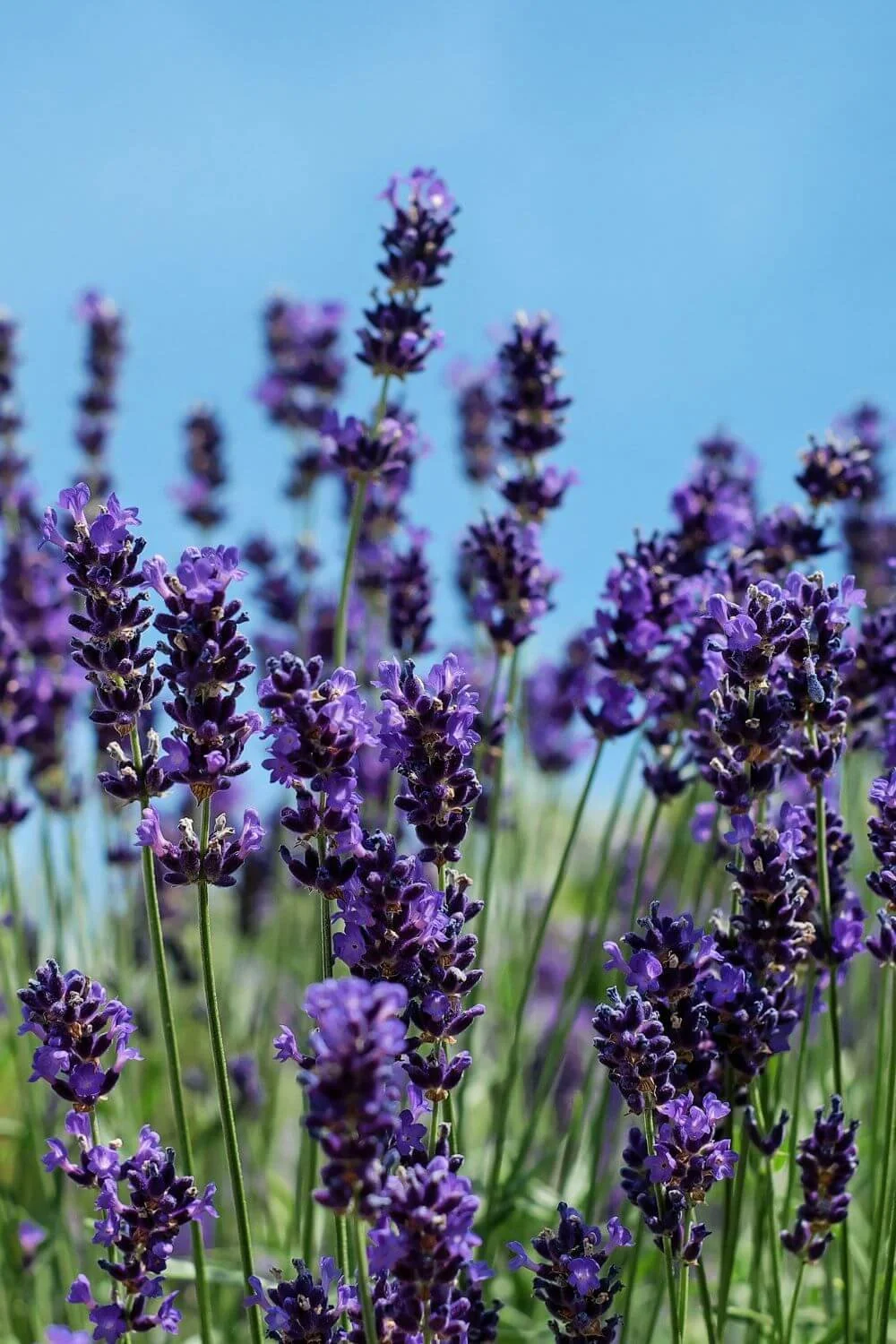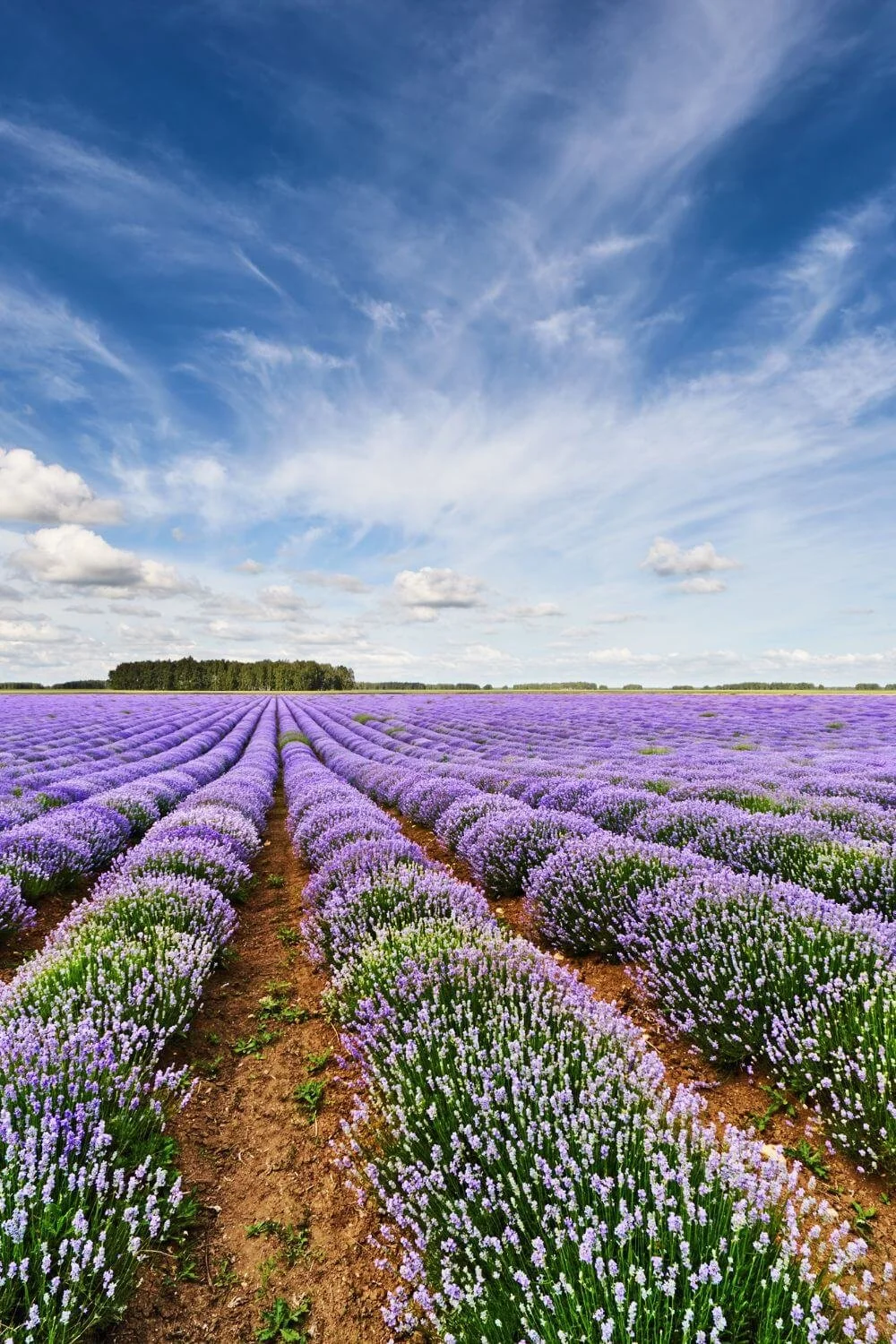Common Mistakes to Avoid When Caring for Lavender
Lavender Care Tips
Lavender, with its captivating purple blooms and calming scent, is a gem in any gardener's collection. It’s pretty forgiving too, making it a top pick for novices. But even the most laid-back plants have their dislikes! To keep your lavender not just alive but thriving, here’s a fun and informative rundown of what not to do.
The items listed are accompanied by affiliate links, meaning I earn a small commission if a purchase is made through my links. This has no impact on the cost to the consumer. I link to products this way whenever possible, and it has no bearing on the products I choose to review or recommend.
1. Shortchanging the Sun
Lavender is a sun worshipper—it needs a full 6-8 hours of direct sunlight to strut its stuff. Without enough sun, it gets leggy, blooms sparsely, and its signature scent dwindles. Make sure it's planted where the sun generously hits.
2. The Overwatering Oopsy
Lavender doesn't like wet feet. Thanks to its Mediterranean lineage and drought-tolerant nature, it’s all about that dry, sunny life. Let the soil dry completely before watering again—poke around to ensure the top inch of soil is parched. Droopy, yellow leaves? That’s lavender’s way of crying out for a break from water. Keep it dry and happy, and you'll see it thrive!
3. Settling into Soggy Soil
This plant craves well-drained soil. If your garden sports heavy, wet soil, lift your lavender’s spirits (and roots) by elevating your garden beds or mixing in some gravel and sand. Got potted lavender? Double-check those drainage holes and maybe opt for a succulent-friendly soil mix.
4. Pruning Pitfalls
Snipping lavender can feel harsh, but it’s a must for keeping your plant in prime shape. In early spring, post-frost, trim back about a third—sticking to the green, non-woody stems. Steer clear of the woody base to avoid shocking your plant, which can be a real growth-stopper.
5. Forgetting to Deadhead
Keep your lavender looking and performing its best by deadheading the spent blooms. This not only tidies up your plant but also encourages a fresh flush of flowers.
6. Overzealous with Fertilizer
More isn't always better, especially with fertilizer. Lavender isn’t greedy for nutrients. Over-fertilizing can push it to grow leaves at the expense of those lovely purple flowers. It’s best to go light, or even skip it altogether.
7. Cramping Its Style
Lavender likes its personal space. Crowding can impede airflow, making it sulky and susceptible to fungal diseases. Space out your plants about 2-3 feet apart to let them breathe and flourish.
8. Neglecting Winter Wardrobe
Despite its toughness, lavender can buckle under extreme cold, particularly in fringe zones. Wrap your plants in a cozy layer of mulch and consider frost cloths when the temperature plummets.
9. Mismatching Varieties and Climates
Not all lavenders are equal in the face of climate challenges. For chillier spots, English lavender is your go-to, while French and Spanish varieties bask in the warmth of southern gardens. Choose according to your zone to prevent botanical heartbreak.
Lavender Varieties: Picking Your Plant Posse
English Lavender (Lavandula angustifolia):
Hardy and elegant, perfect for zones 5-8, these plants can tough out the cold with a bit of mulch and frost protection.
French/Spanish Lavender (Lavandula stoechas):
These show-offs with tufted petals love zones 7 and warmer. They're great in gravel or pots, keeping the floral show running from summer into fall.
Hybrid Lavenders (Lavandins):
These are the robust children of English lavender, filling southern France with their intense scent and stunning flowers, thriving in zones 5-10.
RELATED: Types of Lavender: A Comparison Guide for the Perfect Choice
10. Ignoring the Bug and Fungus Fest
Even sturdy plants like lavender can fall victim to pests and diseases. Watch out for aphids, caterpillars, powdery mildew, and root rot. Early detection and action can save a lot of lavender lives!
With these tips, you’re all set to avoid common lavender faux pas and keep your garden smelling sweetly and looking spectacular!
Pin it for Later!















